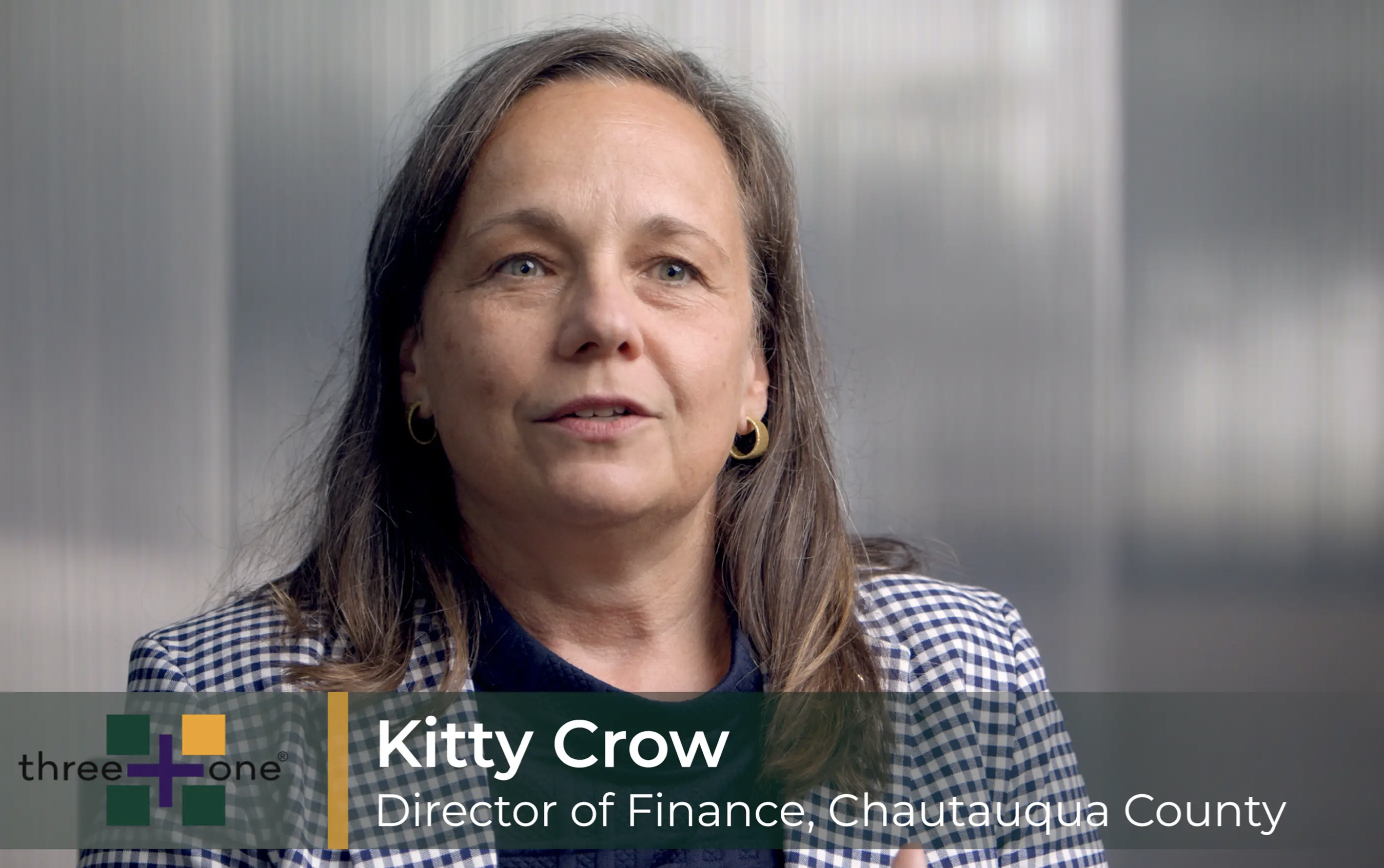
This is the fourth part of three+one’s Summer Blog Series . As there are five Tuesdays in August, I will be addressing the top five questions the nation’s public and Higher Ed financial officers ask me as I travel across the country. Today’s question: “In today’s banking environment, does it still make sense to issue banking RFPs?”
Over the last two months I have seen dozens of public entities, nationwide, conduct banking depository/treasury-service RFPs.
Based on the type of RFP that was issued, the results I’ve seen have been mixed.
One thing is sure: recycling banking RFPs that were issued five-to-ten years ago got little response.
Those that were forward thinking, willing to integrate new technology, coupled with the desire to negotiate services and/or deposit levels, had far greater success.
I have seen some entities receive one or two responses while others got as many as six to eight.
The ones that were more progressive and used “out-of-the-box” thinking got better results from the larger national banks. Those RFPs that were more structured and “cookie cutter” in approach only got responses from smaller local banks.
Here are a few words of advice from what I’ve heard on the street:
1.) First, have a conversation with your current banker(s). Changing banks is a lot of work. If it is due to the quality of their customer service, let your bank know. If they’re not listening, then a RFP is totally warranted.
If you have no plans in changing banks, please save everyone’s time—including your own—and forget issuing an RFP. Time is a valuable commodity and your credibility will be lost in future RFP efforts if the outcome is predictable.
2.) If you are currently receiving a earning credit rate of .50 basis points or higher, then hold off too. The chances of getting the same rate will be at risk. Wait until short-term interest rates are higher; that’s most likely over the next two years.
3.) If you choose to conduct an RFP, don’t resort to the ”same old“ template. If you do that you will get “same old” back. A good RFP takes time, homework, and conversations with experts in the field.
Some banks want deposits, others don’t. Larger national banks have treasury services while smaller community banks have the flexibility to team up with third-party providers.
4.) Consider the pros and cons of ”hard“ banking fees and ”soft“ fees. While telling your boards or legislators that you’re pay no bank fees, the cost of soft fees could be far more expensive and less transparent than hard fees over the long haul. (That will be the focal point of next week’s blog).
5.) Keep your bank responses to under 25 pages. Conversations with bankers are far more valuable than “boiler-plate” written responses.
Finally, if you don’t know where to start, call three+one. We have conducted banking RFPs across the country and know the banking marketplace well. You will find our help and guidance can save you a lot of time and money.
Stay tuned for next week when we continue our three+one Summer Series where we answer the question: “Which is better when paying for bank services, hard fees or soft fees?”


